4.7 out of 5 Stars on TrustPilot
Replacing Pebbledash with Coloured Render
Pebbledash is perceived by many as an outdated look for a property; it was frequently used during the post-WW1 housing crisis as a means of covering up quickly-built, slap-dash properties. If you live in the UK, you are most likely to have come across a pebbledash building. While it may be a durable building method, it’s certainly an acquired taste.
What is pebbledash?
The pebbledash effect is created by applying a layer of mortar (usually sand and cement) to an external wall and throwing pebbles at the wall. Pebbledash houses are still dotted all over towns and cities in the UK and can often have a somewhat dilapidated look. Over time, the pebbles can drop from the wall, leaving the mortar exposed to the weather and therefore vulnerable to absorbing water and causing damp issues. Also, due to its unpopularity, pebbledash can reduce the value of a property purely for its lack of aesthetic appeal. The preferred choice due to aesthetic reasons is now coloured render. Our coloured renders can be customised to absolutely any colour of your choice and can be ordered online or over the phone!
(Existing property with pebbledash)
How can I replace pebbledash with a coloured render?
While we’re not hating on pebbledash (much), you might want to consider re-rendering your property, whether you’re moving into a new home, updating the look of your current property or both. However, as one of our frequently asked questions here at EWI Store, we recognise that there is a knowledge gap on how to apply render on top of pebbledash. That’s why we’ve made this blog – to tackle the question for all you pebbledash homeowners!
The short answer is that, unfortunately, you cannot replace pebbledash with coloured render by applying coloured render directly on top of the pebbledash. Saying that, there are several ways around it that you may wish to consider.
Will you choose to remove, OCDC, or insulate & render:
Option 1: Remove
The first option is to attempt to remove the pebbledash by hacking it off. However, the main downfalls to this option are that the brick underneath is at risk of being damaged, and there is no guarantee that you will achieve a smooth finish. If this is the best or only option for you, be very careful about who you hire to tackle the task; make sure they are experienced in removing pebbledash. If your pebbledash is forcibly removed, this can seriously damage the underlying wall and invalidate your house insurance. It’s also important to note that, even after all this, you still wouldn’t be free to apply coloured render directly on the wall. Building regulations stipulate that if you strip it right back to the original brick, you’ll need to insulate before rendering with a coloured render.
Option 2: One Coat Dash Cover (OCDC)
The second option is to use the One Dash Coat Cover (OCDC) to completely smooth over and cover up the pebbledash to achieve a clean slate. This product is specifically designed to be applied on top of pebbledash, and it can then be painted or rendered to achieve a modern appearance. The good thing about the OCDC is that it is breathable, so it will allow any trapped moisture within the underlying pebbledash to escape. It can also be applied up to 20mm in one pass (up to a maximum of 50mm), so it’s guaranteed to smooth over the pebbledash nicely! Check out our case study on an OCDC project.
-
One Coat Dash Cover (OCDC) (EWI-065) – 25kg
Rated 4.60 out of 5£16.14 Incl. VAT£13.45 Excl. VAT£21.19 Incl. VAT£17.66 Excl. VAT
Option 3: Insulate then render
A beneficial way of eliminating the pebbledash look is by installing 20mm (or thicker, but the thicker you go, the more expensive) external wall insulation (EWI) boards over the top of your pebbledash. This is a great option because the EWI will give you added insulation, which can save you money on bills in the long run.
By installing EWI boards, you will also save time and money because hacking off the pebbledash won’t be necessary. Instead, you can simply secure insulation boards over the top of the pebbledash using adhesive and mechanical fixings. Once you have done this, you can apply the render of your choice on top of the insulation boards and achieve a far more pleasing outcome.
-
Rockwool External Wall Dual Density Slab
Rated 5.00 out of 5From £25.19 Incl. VATFrom £20.99 Excl. VAT -
EPS Insulation (1 board = 0.72m²)
Rated 5.00 out of 5From £2.60 Incl. VATFrom £2.17 Excl. VAT -
Kingspan Kooltherm K5 External Wall Board (0.72m²)
Rated 4.67 out of 5From £11.99 Incl. VATFrom £9.99 Excl. VAT
Which coloured render can I use to replace my pebbledash?
There are so many options for replacing your pebbledash with coloured render that it can be quite overwhelming. We want to give you a clear idea of what each coloured render can offer so that you can make the right choice to suit the needs of your property and your personal taste.
-
Coloured Render Sample Pot – 600g
From £7.19 Incl. VATFrom £5.99 Excl. VAT
Thin Coat Coloured Renders to Replace Pebbledash
Thin coat renders are a great option for when removing your pebbledash and replacing it with coloured render. Because they are thin-coat, they offer a level of flexibility that ensures that your coloured render finish stays crack-proof for years to come. Thin coat coloured renders are also highly breathable, so they will help to prevent problems with damp and mould on your walls.
They also come in different grain sizes, which determines the textural finish that the coloured render will offer you – the bigger the grain size, the more textured the finish that you’ll achieve. If you have simply removed your pebbledash, then you may want to go for a larger grain size as this makes any imperfections in the basecoat less noticeable. Read our blog Coloured Render Cost Per M2 for an idea of pricing!
There are three options that you can choose for thin coat coloured renders:
- Silicone render/Silicone Silicate render: Silicone Coloured Render is a premium, modern technology coloured render – which is available in hundreds of different colours. Silicone is a very popular choice because it offers hydrophobic properties – which means that it repels water, dirt and organic growth – so it probably requires about the same maintenance as pebbledash (very little). Silicone render is also super easy to apply because it comes ready to use, so you just apply it straight out the pot. (Read more about Silicone Render here).
- Acrylic render: Acrylic Coloured render is very similar to silicone, except that it doesn’t provide the same hydrophobic properties. It’s a solid middle-ground thin coat render because it still provides the same flexibility, but it’s also great at holding onto colour pigment. This is a fantastic choice if you are looking to replace pebbledash with a coloured render. (Read more about Acrylic Render here).
- Mineral render: Mineral Coloured render is a dry-mix, thin coat render. This is a very popular choice if you live in a cold or rainy climate (as many pebbledash homeowners do – Scotland, coastal homes!) because mineral render is extremely fast drying; you can’t apply other renders in cold/rainy temperatures because they take longer to dry. The only thing about this render is that you need to paint it afterwards with silicone paint to seal it in. This is because, if it’s left exposed to the elements, it can develop lime bloom due to the presence of Portland cement. (Read more about Mineral Render here).
-
Silicone Render (EWI-075) – 25KG
Rated 4.83 out of 5From £83.99 Incl. VATFrom £69.99 Excl. VAT -
Nano Drex Silicone Render (EWI-077) 25kg
Rated 4.57 out of 5From £151.19 Incl. VATFrom £125.99 Excl. VAT -
Acrylic Render (EWI-010) – 25kg
Rated 4.50 out of 5From £47.99 Incl. VATFrom £39.99 Excl. VAT -
Mineral Render (EWI-060) – 25kg
Rated 3.80 out of 5£38.51 Incl. VAT£32.09 Excl. VAT
Thick Coat Coloured Renders to Replace Pebbledash
Thick coat renders are far more traditional but, as the name suggests, they do lack flexibility and breathability because they are applied in a much thicker layer. Once you’ve removed your pebbledash, you can use our Monocouche Scratch Render. Note: thick coat renders aren’t suitable for application on top of insulation boards.
- Monocouche scratch render: Monocouche scratch render is a thick coat, through-coloured render. It is more traditional, but does require extra work to install it. This is because the Monocouche needs to be applied in two passes for extra strength and cannot be applied in wet or humid conditions. Monocouche render then needs fibreglass mesh embedded within it to provide extra strength and flexibility (which means it will resist cracking) and then, once dried, it needs scratching back to achieve the desired texture. Read our blog Monocouche Scratch Render Cost Per M2 for an idea of pricing!
-
Monocouche Render (EWI-090) 25KG x 40 Cotton White
£551.52 Incl. VAT£459.60 Excl. VAT
To conclude…
If you are a pebbledash homeowner, looking to re-render, or potentially even install EWI, then we have everything you will need. Check out our materials calculator or get in touch with us directly and we can point you in the direction of one of our fantastic approved installers!
Are you a fan of Pebbledash? Leave a comment below…
Let’s debate: pebbledash or no pebbledash? Leave a comment below with your opinion; is pebbledash outdated and ugly, or is it a relic from our past that we should preserve for traditional purposes?
Facebook
Twitter
LinkedIn
Your cart
Trade Account Login

We use cookies on our website to give you the most relevant experience by remembering your preferences and repeat visits. By clicking “Accept All”, you consent to the use of ALL the cookies. However, you may visit "Cookie Settings" to provide personalised consent.
Manage consent
Privacy Overview
This website uses cookies to improve your experience while you navigate through the website. Out of these, the cookies that are categorized as necessary are stored on your browser as they are essential for the working of basic functionalities of the website. We also use third-party cookies that help us analyze and understand how you use this website. These cookies will be stored in your browser only with your consent. You also have the option to opt-out of these cookies. But opting out of some of these cookies may affect your browsing experience.
Necessary cookies are absolutely essential for the website to function properly. These cookies ensure basic functionalities and security features of the website, anonymously.
| Cookie | Duration | Description |
|---|---|---|
| __stripe_mid | 1 year | This cookie is set by Stripe payment gateway. This cookie is used to enable payment on the website without storing any patment information on a server. |
| __stripe_sid | 30 minutes | This cookie is set by Stripe payment gateway. This cookie is used to enable payment on the website without storing any patment information on a server. |
| _GRECAPTCHA | 5 months 27 days | This cookie is set by the Google recaptcha service to identify bots to protect the website against malicious spam attacks. |
| apbct_cookies_test | session | CleanTalk sets this cookie to prevent spam on comments and forms and act as a complete anti-spam solution and firewall for the site. |
| apbct_page_hits | session | CleanTalk sets this cookie to prevent spam on comments and forms and act as a complete anti-spam solution and firewall for the site. |
| apbct_prev_referer | session | Functional cookie placed by CleanTalk Spam Protect to store referring IDs and prevent unauthorized spam from being sent from the website. |
| apbct_site_landing_ts | session | CleanTalk sets this cookie to prevent spam on comments and forms and act as a complete anti-spam solution and firewall for the site. |
| apbct_site_referer | 3 days | This cookie is placed by CleanTalk Spam Protect to prevent spam and to store the referrer page address which led the user to the website. |
| apbct_timestamp | session | CleanTalk sets this cookie to prevent spam on comments and forms and act as a complete anti-spam solution and firewall for the site. |
| apbct_urls | 3 days | This cookie is placed by CleanTalk Spam Protect to prevent spam and to store the addresses (urls) visited on the website. |
| AWSALBCORS | 7 days | This cookie is managed by Amazon Web Services and is used for load balancing. |
| cookielawinfo-checkbox-advertisement | 1 year | Set by the GDPR Cookie Consent plugin, this cookie is used to record the user consent for the cookies in the "Advertisement" category . |
| cookielawinfo-checkbox-analytics | 11 months | This cookie is set by GDPR Cookie Consent plugin. The cookie is used to store the user consent for the cookies in the category "Analytics". |
| cookielawinfo-checkbox-functional | 11 months | The cookie is set by GDPR cookie consent to record the user consent for the cookies in the category "Functional". |
| cookielawinfo-checkbox-necessary | 11 months | This cookie is set by GDPR Cookie Consent plugin. The cookies is used to store the user consent for the cookies in the category "Necessary". |
| cookielawinfo-checkbox-others | 11 months | This cookie is set by GDPR Cookie Consent plugin. The cookie is used to store the user consent for the cookies in the category "Other. |
| cookielawinfo-checkbox-performance | 11 months | This cookie is set by GDPR Cookie Consent plugin. The cookie is used to store the user consent for the cookies in the category "Performance". |
| ct_checkjs | session | CleanTalk–Used to prevent spam on our comments and forms and acts as a complete anti-spam solution and firewall for this site. |
| ct_fkp_timestamp | session | CleanTalk sets this cookie to prevent spam on the site's comments/forms, and to act as a complete anti-spam solution and firewall for the site. |
| ct_pointer_data | session | CleanTalk sets this cookie to prevent spam on the site's comments/forms, and to act as a complete anti-spam solution and firewall for the site. |
| ct_ps_timestamp | session | CleanTalk sets this cookie to prevent spam on the site's comments/forms, and to act as a complete anti-spam solution and firewall for the site. |
| ct_sfw_pass_key | 1 month | CleanTalk sets this cookie to prevent spam on comments and forms and act as a complete anti-spam solution and firewall for the site. |
| ct_timezone | session | CleanTalk–Used to prevent spam on our comments and forms and acts as a complete anti-spam solution and firewall for this site. |
| elementor | never | This cookie is used by the website's WordPress theme. It allows the website owner to implement or change the website's content in real-time. |
| viewed_cookie_policy | 11 months | The cookie is set by the GDPR Cookie Consent plugin and is used to store whether or not user has consented to the use of cookies. It does not store any personal data. |
Functional cookies help to perform certain functionalities like sharing the content of the website on social media platforms, collect feedbacks, and other third-party features.
| Cookie | Duration | Description |
|---|---|---|
| __zlcmid | 1 year | This cookie is used by Zendesk live chat and is used to store the live chat ID. |
| bcookie | 2 years | LinkedIn sets this cookie from LinkedIn share buttons and ad tags to recognize browser ID. |
| bscookie | 2 years | LinkedIn sets this cookie to store performed actions on the website. |
| lang | session | LinkedIn sets this cookie to remember a user's language setting. |
| lidc | 1 day | LinkedIn sets the lidc cookie to facilitate data center selection. |
| UserMatchHistory | 1 month | LinkedIn sets this cookie for LinkedIn Ads ID syncing. |
Performance cookies are used to understand and analyze the key performance indexes of the website which helps in delivering a better user experience for the visitors.
| Cookie | Duration | Description |
|---|---|---|
| __utma | 2 years | This cookie is set by Google Analytics and is used to distinguish users and sessions. The cookie is created when the JavaScript library executes and there are no existing __utma cookies. The cookie is updated every time data is sent to Google Analytics. |
| __utmb | 30 minutes | Google Analytics sets this cookie, to determine new sessions/visits. __utmb cookie is created when the JavaScript library executes and there are no existing __utma cookies. It is updated every time data is sent to Google Analytics. |
| __utmc | session | The cookie is set by Google Analytics and is deleted when the user closes the browser. It is used to enable interoperability with urchin.js, which is an older version of Google Analytics and is used in conjunction with the __utmb cookie to determine new sessions/visits. |
| __utmt | 10 minutes | Google Analytics sets this cookie to inhibit request rate. |
| __utmv | 2 years | The __utmv cookie is set on the user's device, to enable Google Analytics to classify the visitor. |
| __utmz | 6 months | Google Analytics sets this cookie to store the traffic source or campaign by which the visitor reached the site. |
| sib_cuid | 6 months | Purechat uses this cookie to send data to purechat.com, to connect visitors to the reservation team and track visitors to stay on portal. |
| SRM_B | 1 year 24 days | Used by Microsoft Advertising as a unique ID for visitors. |
Analytical cookies are used to understand how visitors interact with the website. These cookies help provide information on metrics the number of visitors, bounce rate, traffic source, etc.
| Cookie | Duration | Description |
|---|---|---|
| _ga | 2 years | The _ga cookie, installed by Google Analytics, calculates visitor, session and campaign data and also keeps track of site usage for the site's analytics report. The cookie stores information anonymously and assigns a randomly generated number to recognize unique visitors. |
| _gat_gtag_UA_61069204_2 | 1 minute | Set by Google to distinguish users. |
| _gat_UA-61069204-2 | 1 minute | A variation of the _gat cookie set by Google Analytics and Google Tag Manager to allow website owners to track visitor behaviour and measure site performance. The pattern element in the name contains the unique identity number of the account or website it relates to. |
| _gcl_au | 3 months | Provided by Google Tag Manager to experiment advertisement efficiency of websites using their services. |
| _gid | 1 day | Installed by Google Analytics, _gid cookie stores information on how visitors use a website, while also creating an analytics report of the website's performance. Some of the data that are collected include the number of visitors, their source, and the pages they visit anonymously. |
| _uetsid | 1 day | This cookies are used to collect analytical information about how visitors use the website. This information is used to compile report and improve site. |
| CONSENT | 2 years | YouTube sets this cookie via embedded youtube-videos and registers anonymous statistical data. |
Advertisement cookies are used to provide visitors with relevant ads and marketing campaigns. These cookies track visitors across websites and collect information to provide customized ads.
| Cookie | Duration | Description |
|---|---|---|
| _fbp | 3 months | This cookie is set by Facebook to display advertisements when either on Facebook or on a digital platform powered by Facebook advertising, after visiting the website. |
| ANONCHK | 10 minutes | The ANONCHK cookie, set by Bing, is used to store a user's session ID and also verify the clicks from ads on the Bing search engine. The cookie helps in reporting and personalization as well. |
| fr | 3 months | Facebook sets this cookie to show relevant advertisements to users by tracking user behaviour across the web, on sites that have Facebook pixel or Facebook social plugin. |
| MUID | 1 year 24 days | Bing sets this cookie to recognize unique web browsers visiting Microsoft sites. This cookie is used for advertising, site analytics, and other operations. |
| NID | 6 months | NID cookie, set by Google, is used for advertising purposes; to limit the number of times the user sees an ad, to mute unwanted ads, and to measure the effectiveness of ads. |
| test_cookie | 15 minutes | The test_cookie is set by doubleclick.net and is used to determine if the user's browser supports cookies. |
| uuid | 6 months | MediaMath sets this cookie to avoid the same ads from being shown repeatedly and for relevant advertising. |
| VISITOR_INFO1_LIVE | 5 months 27 days | A cookie set by YouTube to measure bandwidth that determines whether the user gets the new or old player interface. |
| YSC | session | YSC cookie is set by Youtube and is used to track the views of embedded videos on Youtube pages. |
| yt-remote-connected-devices | never | YouTube sets this cookie to store the video preferences of the user using embedded YouTube video. |
| yt-remote-device-id | never | YouTube sets this cookie to store the video preferences of the user using embedded YouTube video. |
| yt.innertube::nextId | never | This cookie, set by YouTube, registers a unique ID to store data on what videos from YouTube the user has seen. |
| yt.innertube::requests | never | This cookie, set by YouTube, registers a unique ID to store data on what videos from YouTube the user has seen. |
Other uncategorized cookies are those that are being analyzed and have not been classified into a category as yet.
| Cookie | Duration | Description |
|---|---|---|
| _clck | 1 year | No description |
| _clsk | 1 day | No description |
| _uetvid | 1 year 24 days | No description available. |
| AnalyticsSyncHistory | 1 month | No description |
| apbct_pixel_url | session | No description |
| apbct_visible_fields_0 | session | No description |
| apbct_visible_fields_1 | session | No description |
| apbct_visible_fields_10 | session | No description |
| apbct_visible_fields_2 | session | No description |
| apbct_visible_fields_3 | session | No description |
| apbct_visible_fields_4 | session | No description |
| apbct_visible_fields_5 | session | No description |
| apbct_visible_fields_6 | session | No description |
| apbct_visible_fields_7 | session | No description |
| apbct_visible_fields_8 | session | No description |
| apbct_visible_fields_9 | session | No description |
| ct_checked_emails | session | No description |
| ct_has_scrolled | session | No description |
| ct_mouse_moved | session | No description |
| ct_screen_info | session | No description |
| ictf_master | never | No description available. |
| li_gc | 2 years | No description |
| m | 2 years | No description available. |
| SM | session | No description available. |
| testinfinitycookie | session | No description |
| woocommerce_show_tax | 7 days | No description available. |
| wp_woocommerce_session_c5ac76b408021294cb56bcc27eddf8a1 | 2 days | No description |


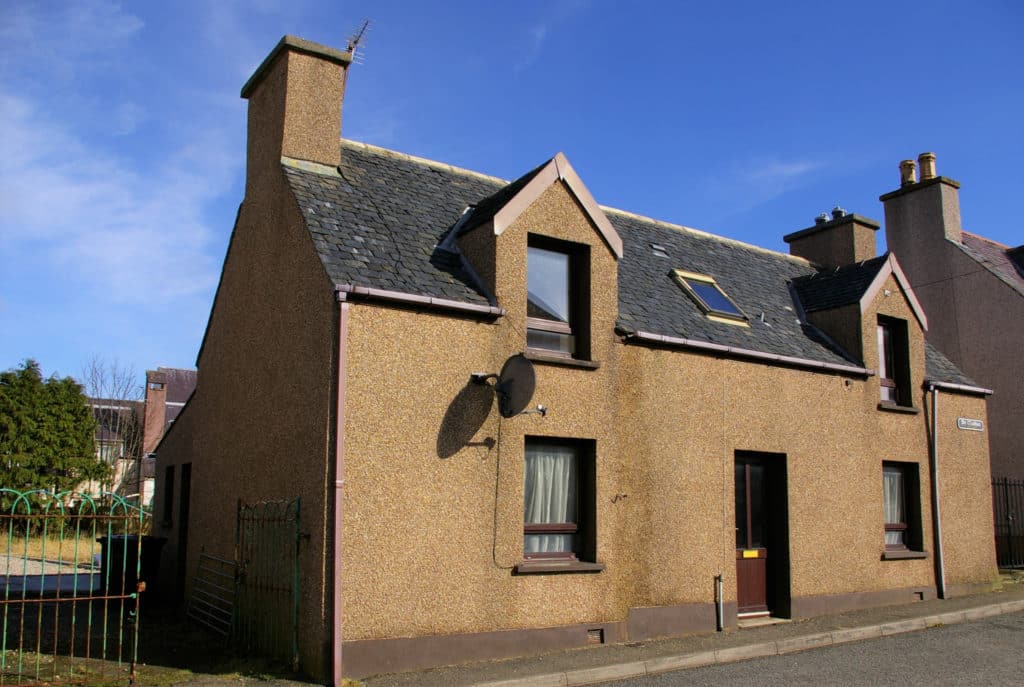
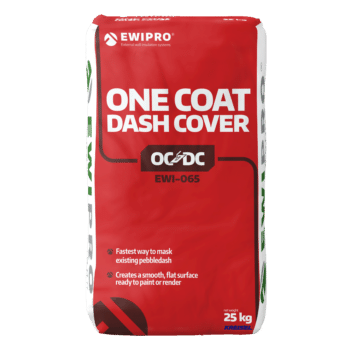
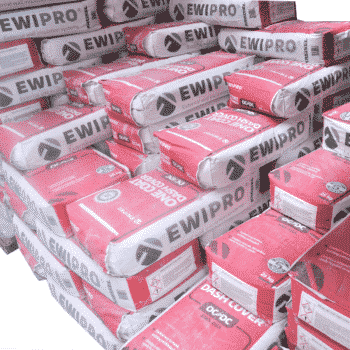
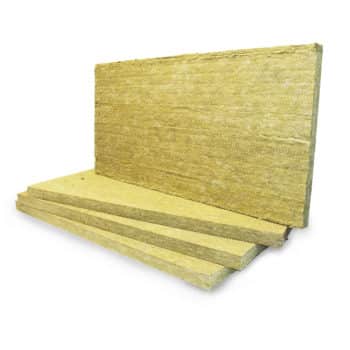
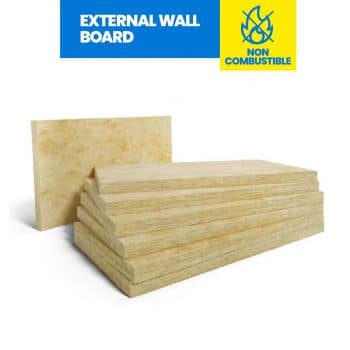
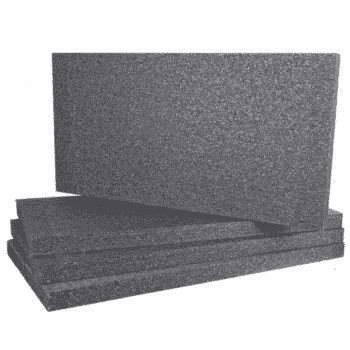

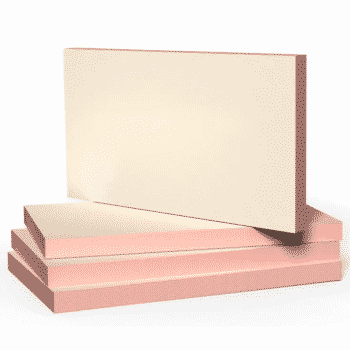
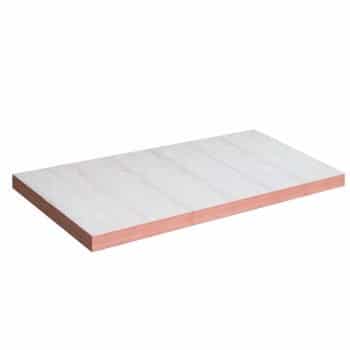

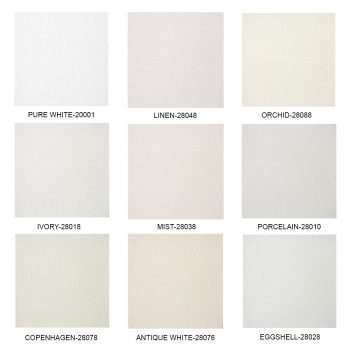
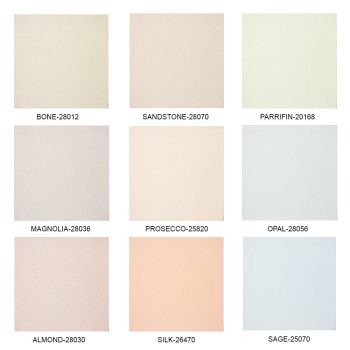
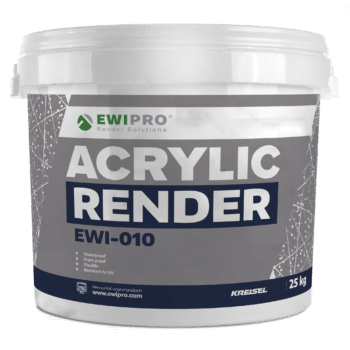
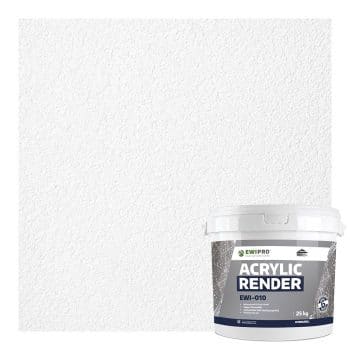
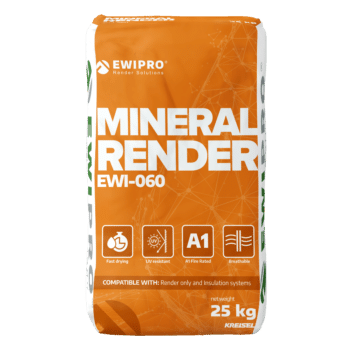
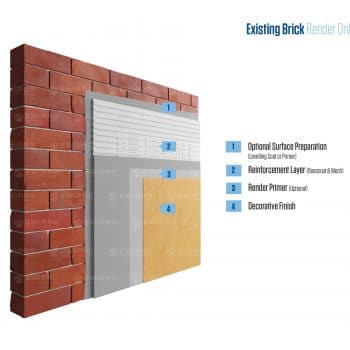
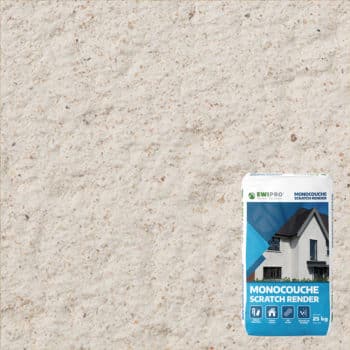
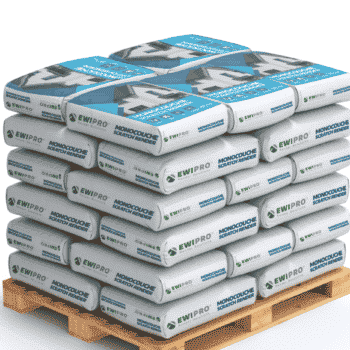
9 thoughts on “Replacing Pebbledash with Coloured Render”
have been lookign for a solution to getting rid of my pebbledash but the builder said it would be too damaging to remove it. I will mention this to him and see what he thinks!
My local council says if i re-render the whole wall i have to fit insulation first.
True or not?
After ‘Grenfell’ i don’t trust the fireproof status of this insulation.
True if you strip off the render back to the original brick you have to then insulate. Two options here if you are worried about fire risk – one: use mineral wool slab insulation, which is A1 class rated for fire with render or option 2, if existing substrate is ok you can overcoat with our lightweight basecoat then render on top. Option 2 involves no insulation just cement, plaster and lime. Hope this helps.
Hi Nicholas, I’m about to put insulation on one wall of the house (gable end) as we are on the corner. The rest of the house is pebble dash. If I understand correctly we could apply the lightweight base coat to 2 walls (over the existing pebbledash) and have the same render on all three walls i.e. The newly insulated wall and 2 old pebble dashed walls. Would that be right?
How can I go over pebbledash that has been done over insulation board’s ex council house that has been super rapped 20 year’s ago
Hi there, you could possibly use our One Coat Dash Cover product or a a similar basecoat that we offer that needs to be installed with a fibreglass mesh and pinned back into the substrate using special fixings. Then the basecoat can be primed and coated with a coloured through Silicone finish. Hope this helps.
I live in Scotland and I love pebble dash, or Harling as we call it here. It lasts forever but I admit that after about 50 years it begins to look dull. I’m keen to have our refreshed, with the same finish but reading this article, it looks like it’s not a viable proposition. Shame
Pebbledash is a crime against humanity; invariably ugly and and a liability.
We removed the pebbledash on our house. BIG MISTAKE!!! Took all the front of the bricks off, but now covered with a sm0oth render finish, but not sure how much damage we have done to the structural integrity of the house!